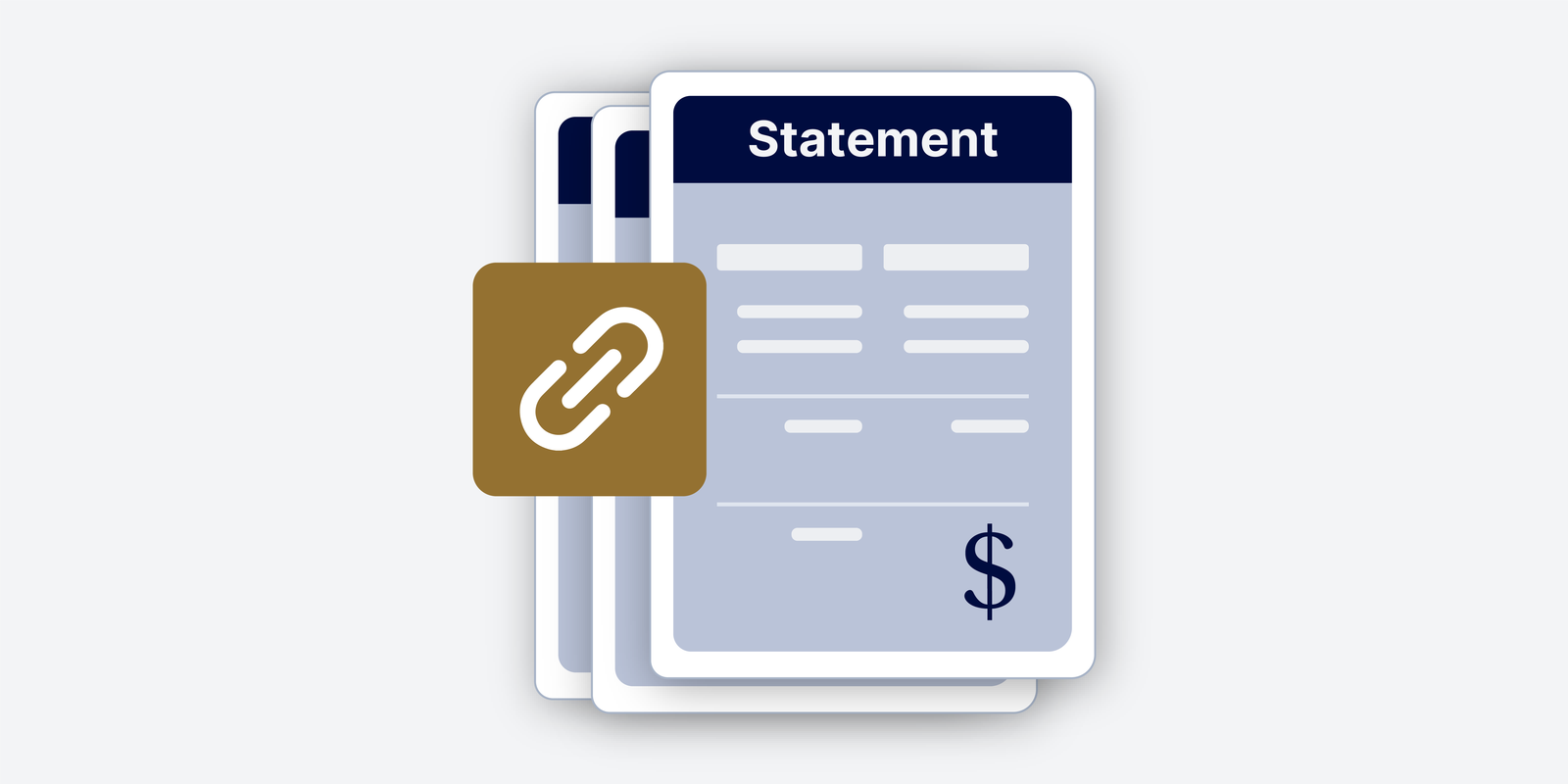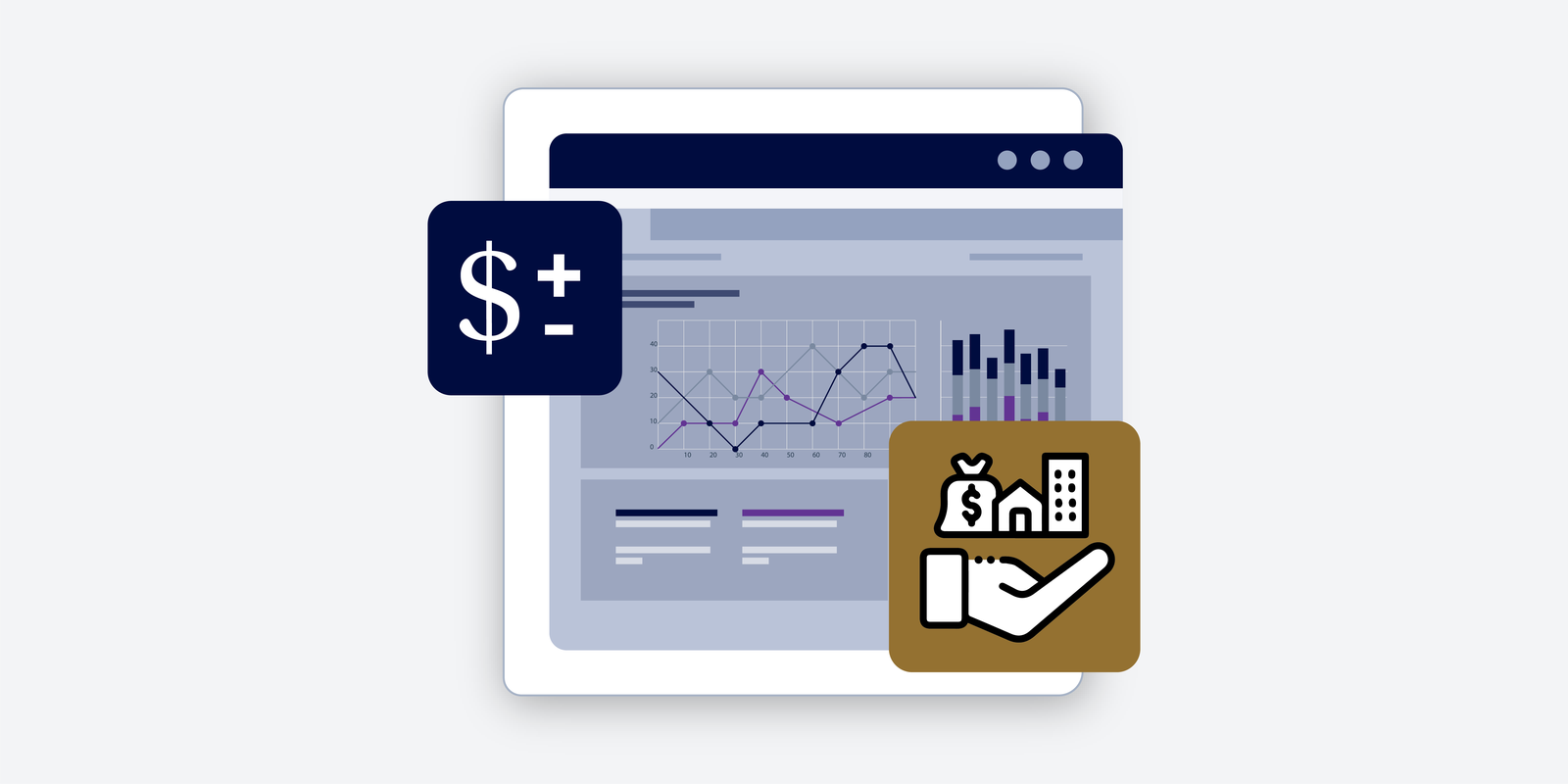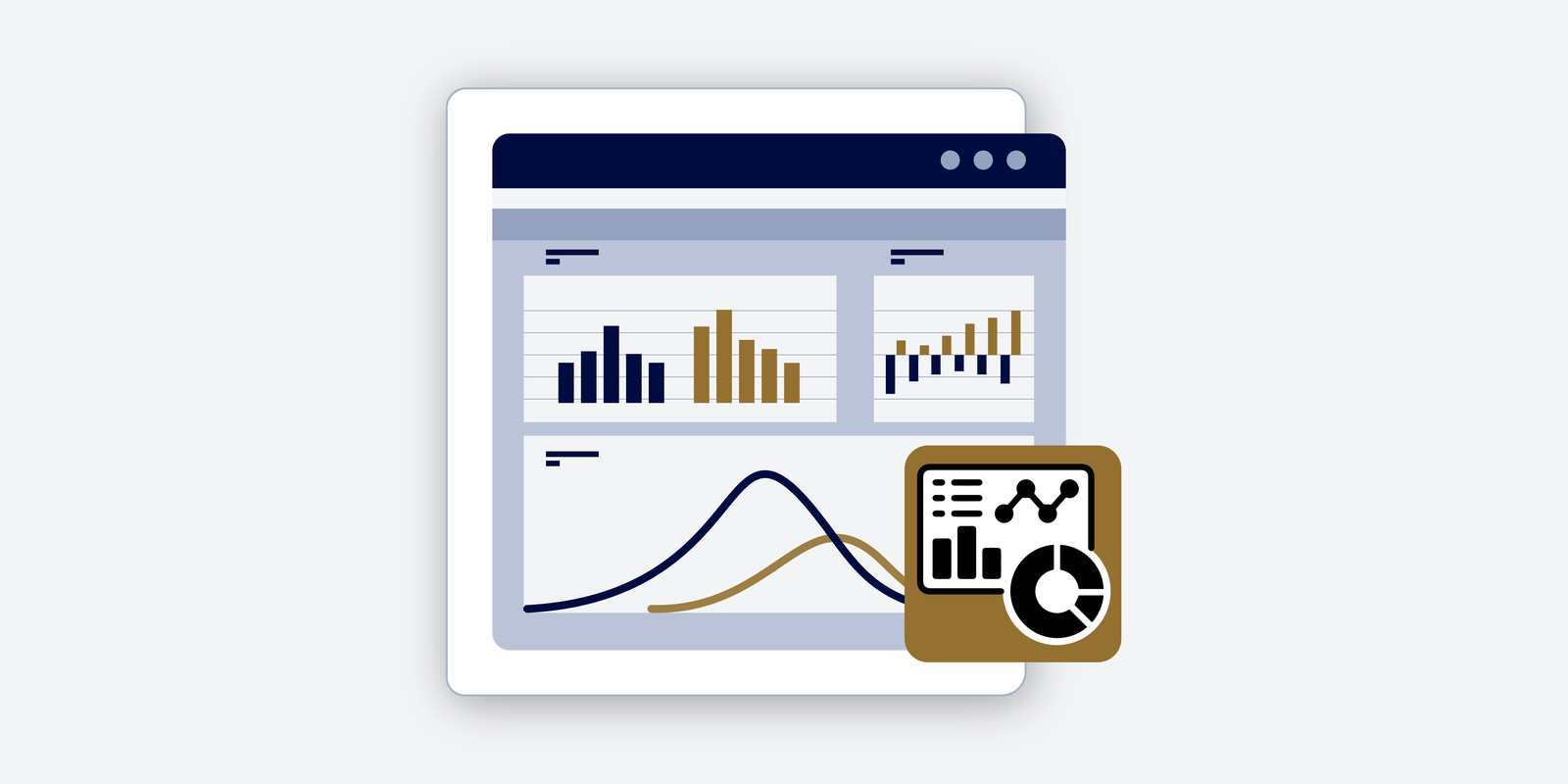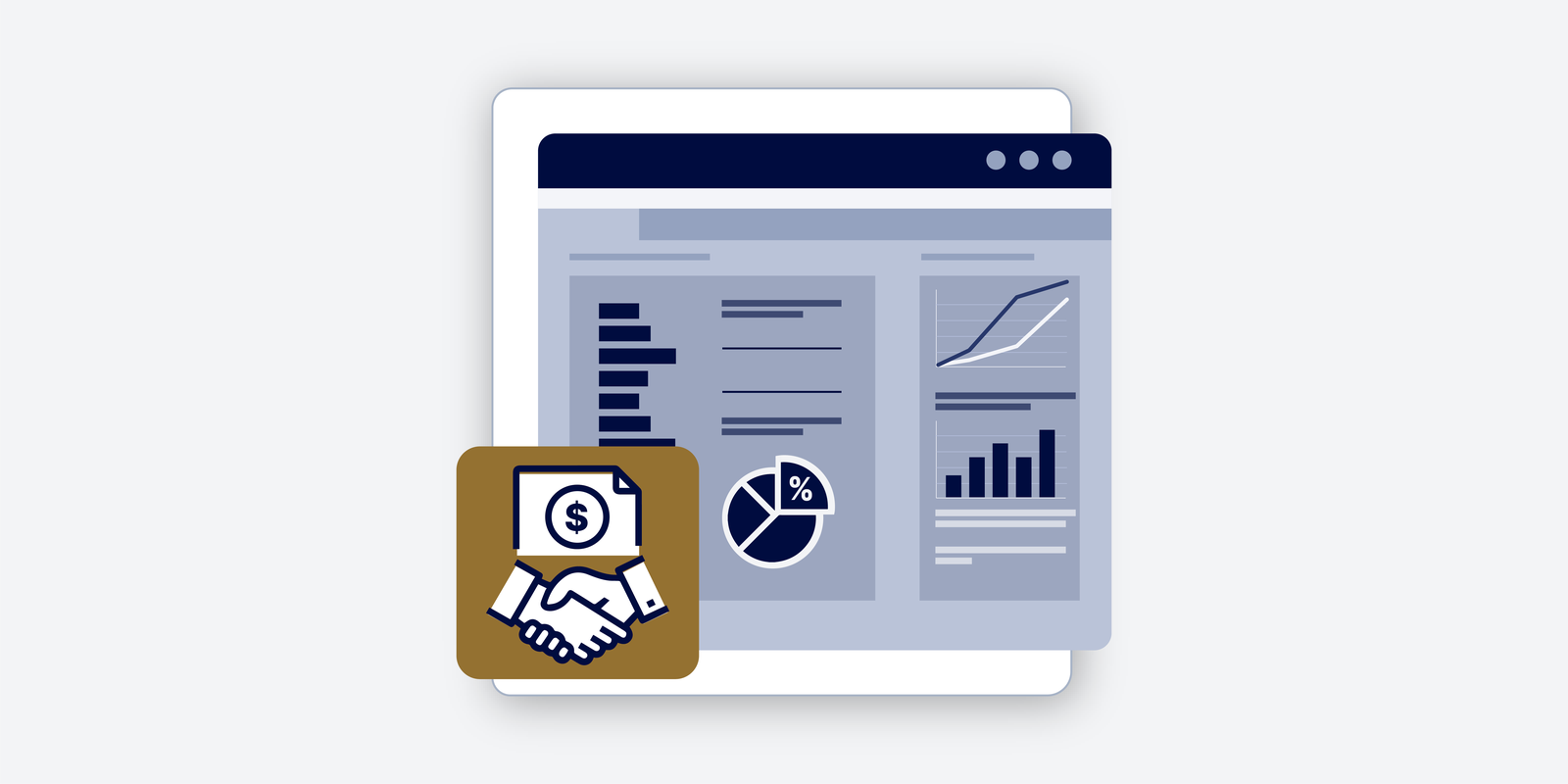Corporate Finance Explained | ESG and Corporate Finance: The Financial Impact of Sustainability
In this episode of Corporate Finance Explained, we explore how Environmental, Social, and Governance (ESG) factors have evolved from a corporate buzzword to a financial imperative. ESG now directly influences valuation, capital costs, risk exposure, and investor sentiment, making it a critical factor for finance professionals.
We’ll break down:
- How ESG affects capital allocation and cost of capital
- The role of ESG in valuation, risk management, and financial modeling
- Case studies of companies leveraging ESG for a competitive advantage
- The impact of ESG reporting and compliance on financial strategy
Finance professionals with 3-8 years of experience will gain actionable insights on how to integrate ESG into decision-making to drive better investment outcomes, lower risk, and secure investor confidence.
Transcript
Right. So let’s get started today. We are going deep on ESG and corporate finance.
(…)
It’s really kind of wild how ESG has gone from like this nice-to-have thing to like this major financial thing in just the past decade. I mean, just look at BlackRock. They manage a truly insane amount of money and they’re putting over $500 billion into ESG assets right now. And companies that are kind of lagging behind on ESG, you know, they’re facing higher borrowing costs, investors are starting to pull out. It’s getting real. Yeah. It really is a huge shift. Companies are realizing that ESG is not just like a PR thing anymore. It’s actually like baked into how they make financial decisions. Like it affects everything from what the company is worth to how much risk they’re taking and how they actually use their money. So it’s more than just like putting out a fancy sustainability report these things, right? Like are we saying that ESG is actually affecting a company’s bottom line for real? Absolutely. Like take BlackRock as an example. They’ve made it so clear that ESG is a core part of how they invest. They’re actually moving money away from companies that aren’t meeting their sustainability standards. It’s like they’re sending a message to the whole market and it’s changing how money flows in whole industries. Well, that’s got to be a serious wake up call for those corporate finance teams. So are you saying that if a company isn’t on board with this whole ESG thing, they’re basically shooting themselves in the foot financially? Well, let’s just say that ignoring ESG is a risky move financially. You know, companies that don’t have like a clear ESG strategy, they end up facing higher costs when they try to borrow money. Investors might start to lose faith in them and it can even be harder for them to get funding at all. So it’s not just about checking off boxes anymore. It’s actually about how will the company performs, right? Exactly. Companies that have strong ESG metrics, they usually have lower costs for capital. They tend to have higher returns in the long run and they’re better at managing risks. There was this really interesting study by Harvard Business School. They actually found that companies with good ESG policies did better than others by like more than 6% each year for a whole decade. 6% every year for 10 years. That’s impressive. What’s the secret here? Why are these companies doing so well? Is it just that investors like them better? Well, the study suggests that these companies are just really good at seeing risks coming, especially risks related to ESG. You know, before those risks turn into big financial problems, it’s like they have this radar for trouble, whether it’s something environmental, social, or about how the company is governed. And that gives them a real edge over the competition. That makes sense. But some people might say that ESG is just a trend or a way for companies to make themselves look good without actually doing much. How would you respond to that? Well, I think the numbers speak for themselves. We’re seeing more and more evidence that companies that perform well on ESG are just better-run companies overall. They’re tougher, they’re more creative, and they’re in a better position to succeed over the long term. Okay, so let’s get down to brass tacks. How does ESG actually change things for finance professionals when it comes to like valuing companies and deciding where to put their money? That’s where things get really interesting. Let’s start with valuation. So companies that have high ESG scores, they often are worth more in the market. Look at Tesla, for example. Their super high valuation isn’t just because they make electric cars. It’s because they’re seen as a leader in renewable energy and sustainable transportation. Investors are looking at that leadership, and it’s part of why Tesla is valued so much higher than traditional car companies like Ford or GM. So it’s almost like ESG is giving them a boost on top of their regular financial performance. Investors are willing to pay more for a company that’s doing good things and is seen as making a positive difference in the world. Exactly. And then there’s risk assessment. ESG factors can be really big financial risks if they’re not handled well. Think about BP and that whole Deepwater Horizon oil spill back in 2010. Oh man, that was a terrible disaster both for the environment and for BP’s finances. Yeah, it was. BP’s market value dropped by a crazy amount, something like $90 billion after that spill. It’s a really harsh reminder that not paying attention to ESG risks can have huge financial consequences. We’re not just talking about some bad press here. We’re talking about real money lost legal battles and damage to the company’s reputation that can take years to fix. That’s a powerful example. So how should companies be thinking about ESG when they’re trying to figure out how much risk they’re facing? The Deepwater Horizon thing shows just how crucial it is to include ESG factors in those fancy risk assessment models. Companies need to look beyond the traditional financial risks and think about a wider range of problems. We’re talking about environmental disasters, labor disputes problems with how the company’s governed. Ignoring these can be super damaging. You’ve painted a pretty clear picture of how important ESG is for companies’ finances and how much risk they’re taking on. But what about when it comes to actually deciding where to invest money, capital allocation as they call it? There’s so much talk about ESG investing these days. Is this just a passing fad or is it something bigger? Oh, it’s definitely a big shift, not just a fad. We’re seeing more and more money flowing towards companies that have good ESG performance. Investors are really hungry for sustainable investments. And the companies that understand this are attracting the best investors out there. Can you give us a real-world example of how this is happening? Sure. Look at what JP Morgan Chase is doing. They’ve created these things called sustainability-linked loans. Basically, these are loans with the better interest rates for companies that hit certain ESG targets. It’s a pretty smart move. Companies get rewarded for doing the right thing, and investors get to put their money behind companies that are trying to make a positive impact. It sounds like ESG is becoming really important for companies that want to attract investors. It’s not just about avoiding risk anymore. It’s about finding new financial advantages. Exactly. And this shift in how capital is allocated, it’s not just driven by big institutional investors. We’re seeing regular people too, individual investors putting more and more importance on ESG factors when they decide where to invest their own money. This is putting pressure on all companies big and small to step up their ESG game. So it seems like ESG is becoming less of a niche thing and more of something that all investors expect. But some people might worry that this focus on ESG could take away from a company’s ability to focus on profits and making their shareholders happy. Yeah, that’s a common worry. But actually, strong ESG performance often goes hand in hand with strong financial performance. Companies that put ESG first tend to be managed better. They’re more innovative and they’re more attractive to both customers and employees. So you’re saying that ESG isn’t just about being altruistic. It can actually help a company be more profitable and create more value over the long term? Exactly. Companies that make ESG a core part of their strategy, they tend to attract better investors, they run their operations more efficiently, and they build stronger relationships with their customers and employees. We talked about Tesla earlier, but are there other companies that are using ESG to get ahead of the competition? Oh, yeah, there are tons of great examples out there. One company that comes to mind is Unilever. We already touched on how committed they are to getting their materials sustainably and reducing plastic waste. But they’re also doing some really cool things when it comes to social impact. I’m all ears. Tell me more. Well, they launched these programs to promote gender equality in their workforce and their supply chain. They’re also working to improve health and hygiene in communities around the world. And they’re supporting small farmers through sustainable agriculture practices. They’re going way beyond just giving money to charities. They’re actually making social purpose a part of their everyday business. That’s awesome. It’s great to see companies thinking about the bigger picture and using their power to make a positive impact. But how do these social impact programs actually help Unilever’s business?
(…)
Studies have shown that companies with strong social impact programs often get positive results. Things like happier employees, stronger customer loyalty, and a better reputation for the brand. It’s not just about doing good. It’s also about doing well as a business. Right. It makes sense. If you treat your employees well, support your community, and operate ethically, it’s going to make your brand look good. And that will ultimately help your bottom line. It’s a win-win for everyone. And Unilever is just one example. There are a lot of other companies leading the way on ESG and reaping the benefits. Earlier, we talked about JPMorgan Chase and their sustainability-linked loans. Are there other examples of new and innovative financial products or services popping up in this ESG world? That’s a great question. We’re seeing so much innovation in finance as ESG becomes more mainstream. Green bonds, for example, are becoming more and more popular. These are bonds that are specifically designed to fund projects that have a positive impact on the environment. So if a company wants to build a new wind farm or invest in solar energy, they could issue a green bond to raise money for that project. Exactly. And investors are eager to get involved. Green bonds are often oversubscribed, meaning there are more people who want them than there are bonds available. This shows just how much interest there is in supporting sustainable investments. It sounds like ESG is becoming more than just a set of principles or guidelines. It’s actually driving financial innovation. Absolutely. And this innovation is happening everywhere, from how assets are managed to banking and insurance. We’re seeing new investment funds that focus on ESG sustainable banking products and even insurance policies that encourage people to be more climate-friendly. It’s really cool to see how ESG is changing the face of finance. But with all this change and innovation happening so fast, I imagine it can be tough for finance professionals to keep up. It definitely can be. The ESG world is evolving quickly and there’s a lot of new information to take in. That’s why it’s so important for finance professionals to stay up to date on the latest ESG trends and developments. What advice would you give to finance professionals who are just starting to wrap their heads around ESG? Where should they begin? I think the first step is to learn the basics of ESG and how it relates to your specific job and industry. There are a lot of great resources out there, articles, webinars, courses, certifications. CFI, for example, has a ton of resources on ESG and sustainable finance that are made specifically for finance professionals. So there’s no need to feel overwhelmed. There’s plenty of help available for those who are ready to dive in and start learning. Exactly. And once you have a basic understanding of ESG, you can start thinking about how to incorporate it into your everyday work. This could mean anything from including ESG factors in your financial models to advocating for more sustainable practices within your company. We’ve talked about some of the big successes companies like Unilever are seeing because of their ESG initiatives. But what about smaller companies or companies that are just starting out on their ESG journey? Can they realistically make a difference? Absolutely. Even small changes can have a big impact. It’s all about taking those first steps and building momentum over time. A small business could start by focusing on using less energy, setting up a recycling program, or sourcing their products in a more sustainable way. So it’s not about trying to do everything at once. It’s about finding the areas where you can have the most impact and starting there. Right. And it’s important to remember that ESG is a journey, not a destination. No company is perfect and everyone is at a different stage in their ESG journey. The key is to be open about your progress, be willing to learn, and always try to improve. So we’ve explored a lot of ways that ESG is changing the game for businesses and investors. But what about the potential downsides? Are there any risks or challenges that come with this growing focus on ESG? That’s a really important question. One of the biggest challenges is that there aren’t really standardized ways to report ESG data. Right now, there are a bunch of different standards and methods out there, which makes it hard to compare companies and track progress. So it’s kind of like the wild west of reporting. Everyone’s doing their own thing and it’s hard to know what to believe. Exactly. And this lack of standardization can lead to greenwashing, where companies make exaggerated or misleading claims about their ESG performance. That’s a bit worrying. So how can investors and other stakeholders make sure that companies are being honest and accountable when it comes to their ESG reporting? Well, that’s where things get a little tricky. There are a lot of initiatives working on developing more standardized ESG reporting frameworks, but it’s still a work in progress. In the meantime, investors need to do their homework and really scrutinize those ESG disclosures. So don’t just take everything at face value, dig deeper, ask questions, and look for proof to back up those claims. Right. And don’t be afraid to challenge companies on their ESG performance. The more we hold companies accountable, the more likely they are to take ESG seriously and make real progress. It sounds like transparency and accountability are super important for building trust and making sure that ESG isn’t just a box checking exercise. Absolutely. And as ESG continues to grow and mature, I think we’ll see stronger reporting standards and more transparency about how companies are doing on ESG. Okay. So we’ve covered a lot of ground today from the financial benefits of ESG to the challenges of reporting and standardization. But before we wrap up this section, I want to go back to something we talked about earlier. You mentioned that ESG can help companies spot potential risks and figure out how to handle them. Can you give us a real world example of how that might work? Sure. Let’s say we have a company that makes clothes. One of their biggest ESG risks might be the possibility of workers being exploited in their supply chain. A company that’s serious about ESG would do thorough audits of their suppliers. They’d make sure that workers are being treated fairly and that their factories are safe and meet environmental standards. So it’s about being proactive, finding potential problems and stopping them before they happen. Exactly. And if the company finds any problems during those audits, they would work with their suppliers to fix them and improve their practices. This could mean providing training on workers’ rights, investing in safety equipment, or helping them switch to more sustainable manufacturing methods. It sounds like a team effort where the company is working with their suppliers to raise the bar on ESG reformants across the whole supply chain. Precisely. And this not only helps to reduce the risk of worker exploitation and damage to the company’s reputation, it can also lead to better product quality, increased efficiency, and more innovation. So it’s another example of how ESG can create a win-win situation for businesses and society. Companies can lower their risks, improve how they operate, and make a positive impact on the world all at the same time. Exactly. And as more companies adopt this way of thinking, we’ll start to see a ripple effect across the global economy. I’m really encouraged by the progress that’s being made in the ESG world. It seems like more and more companies are understanding how important it is to operate in a sustainable and responsible way. I agree. While there’s still a lot of work to do, I’m optimistic about the future. I think we’re on the verge of a big change in how businesses operate. And I believe that ESG will be at the heart of this transformation. All right. So we’ve talked about how ESG is kind of this game changer for businesses and investors. But now let’s get practical. What can a finance professional actually do right now to start incorporating ESG into their work? Yeah, that’s the big question, isn’t it? It’s one thing to talk about it, but how do you actually make it happen? I would say the first thing is to figure out which ESG factors are the most important for your specific company in your industry. There’s no one size fits all solution here. Gotcha. So no, just copying someone else’s ESG plan. Okay. But once we figured out what our key ESG issues are, what’s next, it still feels a bit overwhelming, to be honest. It might seem that way, but it’s actually more manageable than you think. One practical thing you can do is start including ESG metrics in your regular financial models and valuation analyses. When you’re trying to figure out how much a company is worth or how good a potential project might be, you could factor in things like carbon pricing, environmental regulations, or social risks. So it’s about taking those ESG risks and opportunities and actually putting numbers on them, making them real and quantifiable. Exactly. And that’s where finance professionals really come in. We’re already good at thinking in terms of numbers and data, and we can use those skills for ESG too. So it’s like adding a new dimension to our financial analysis, one that considers the bigger impact of our decisions on the world around us. Precisely. And it’s not just about avoiding risks either. It’s about finding new opportunities. Remember, companies that do well on ESG often have lower costs for capital, and that can lead to higher valuations and better funding options. That makes sense. So by incorporating ESG into our financial models, we can make a stronger case for investing in sustainability. It’s not just about doing the right thing, it’s also about making smart financial moves. Exactly. And as more and more investors put ESG first, this is going to become even more important. Companies that can clearly show how well they’re doing on ESG will have a real advantage in attracting capital. It’s almost like we have to learn a new language, a language that investors are starting to speak. We need to be able to talk about the value of ESG in a way that they understand. It is a new language, and we’re all still getting the hang of it. But the good news is there’s help out there. Organizations like CFI offer courses and certifications specifically to help finance professionals build their ESG expertise. So we don’t have to figure this all out on our own. There are experts and organizations that can help us along the way. That’s a relief. Definitely. And the more we learn about ESG, the more we realize how connected it is to everything in finance. It’s not just about sustainability reports or being socially responsible. It’s about how we value companies, how we manage risk, how we invest money, and even how we create financial products. So ESG is really changing the entire financial world. It’s not just a new thing anymore. It’s at the heart of how businesses operate. Exactly. And that’s creating a whole new set of challenges and opportunities for finance professionals. We have a chance to lead the way in building this new era of sustainable finance. To sum up our deep dog today, if you’re a finance professional listening in, what’s the one key thing you can do right now to start incorporating ESG into your work? I think the most important thing is to start learning about ESG and how it relates to your specific job and industry read articles. Go to webinars, talk to experts, and check out all the resources that are available. That’s great advice. Knowledge is power, especially in a field like ESG that’s changing so quickly. The more you know, the better prepared you’ll be to handle the challenges and take advantage of the opportunities that come up. And don’t forget, this is a journey, not a sprint. We’re all still learning. And it’s okay to start small. Even taking a few simple steps to bring ESG into your work can have a big impact over time. Okay, so we’ve talked about how ESG is this major force changing the financial world. But are there any potential downsides? Are there any risks or challenges that come with this increased focus on ESG? Yeah, that’s an important question. One of the biggest challenges is that there isn’t really a standardized way to report ESG data right now. There are a bunch of different standards and methods out there, which makes it hard to compare companies and see how they’re doing. So it’s kind of like the wild west of reporting everyone’s doing their own thing and it’s hard to know what to trust. Exactly. And this lack of standardization can make it easier for companies to greenwash, which means they’re basically exaggerating or making misleading claims about their ESG performance. That is a bit concerning. How can investors and other people make sure that companies are actually being honest and accountable when it comes to their ESG reports? Well, that’s a tricky one. There are a lot of groups working on developing more standardized ways to report ESG, but it’s still a work in progress. For now, investors need to do their due diligence and really carefully look at those ESG disclosures. So don’t just take everything at face value. You have to dig deeper, ask questions, and look for evidence that supports what the company is saying. Right. And don’t be afraid to question companies about their ESG performance. The more we hold them accountable, the more likely they are to prioritize ESG and make real progress. It sounds like transparency and accountability are crucial for building trust and making sure that ESG doesn’t just become a box-checking exercise. Absolutely. And as ESG continues to grow and mature, I think we’ll see better reporting standards and more openness about how companies are performing on ESG. Okay. We’ve covered a lot today, from the financial benefits of ESG to the challenges of reporting and setting standards. But before we move on to our final thoughts, I want to circle back to something we discussed earlier. You said that ESG can help companies identify and deal with potential risks. Can you give us a specific example of how this might work in the real world? Sure. Let’s imagine a company that makes clothes, one of their main ESG risks, might be the possibility of workers being mistreated in their supply chain. A company that takes ESG seriously would carefully check their suppliers to make sure workers are treated fairly and that their factories are safe and meet environmental standards. So it’s about being proactive, finding potential problems, and taking steps to prevent them. Exactly. And if the company finds any issues during those checks, they would work with their suppliers to fix them and improve their practices. This could mean providing training on labor rights, investing in safety equipment, or helping them switch to more sustainable manufacturing methods. It sounds like a collaborative approach where the company is working with its suppliers to raise the bar on ESG performance throughout the entire supply chain. Exactly. And this not only helps to reduce the risk of worker exploitation and damage to the company’s reputation, but it can also lead to better product quality, increased efficiency, and more innovation. So it’s another win-win situation. Companies can reduce their risks, improve their operations, and do good for the world at the same time. Exactly. And as more companies start thinking this way, we’ll see a ripple effect throughout the whole global economy. I’m really encouraged by the progress we’re seeing with ESG. More and more companies seem to be realizing the importance of operating sustainably and responsibly. I agree. And while we still have work to do, I’m optimistic about the future. I think we’re at the beginning of a big change in how businesses work. And I believe ESG will be at the center of it all. It’s been really interesting talking about how ESG has gone from this kind of niche idea to something that really drives value for businesses. We’ve covered a lot today from the financial side of things to the challenges of reporting and trying to make those standards more consistent. But now I want to shift gears a bit and get practical. Let’s say you’re a finance professional listening to this. What are some concrete things you can do, like right now, to start bringing ESG into your work? Well, that’s the question, isn’t it? It’s easy to talk about ESG, but how do you actually put it into practice? I’d say the first step is to really figure out which ESG factors are the most important for your company and your industry. There’s no one size fits all approach here. Okay. So no copying someone else’s ESG playbook. I get it. But once we’ve identified our key ESG issues, then what? It still feels a little daunting, to be honest. It might seem that way, but it’s actually more manageable than you think. One practical thing you can do is start incorporating ESG metrics into your financial models and those valuation analyses you already do. For example, when you’re trying to figure out how much a company is worth or how promising a potential project is, you could factor in things like carbon pricing, environmental regulations, or social risks. So it’s about taking those ESG risks and opportunities and actually quantifying them, turning those concepts into real numbers that we can work with. Exactly. And that’s where finance professionals can really make a difference. We’re trained to think in terms of numbers and data, and we can apply those same skills to ESG. It’s like we’re adding a whole new perspective to our financial analysis. Yeah. One that considers the wider impact of our decisions on the world around us. Exactly. And it’s not just about mitigating risks either. It’s also about finding new opportunities. Remember, companies with strong ESG performance often have a lower cost of capital, which means higher evaluations and better options for funding. So by incorporating ESG into our financial models, we’re actually building a stronger case for investing in sustainability. It’s not just about doing the right thing anymore. It’s also about making smart financial decisions. Absolutely. And as more and more investors prioritize ESG, this is going to become even more important. Companies that can clearly demonstrate their ESG performance will have a real edge when it comes to attracting capital. It’s almost like we need to learn a new language, a language that investors are starting to use. We need to be able to communicate the value of ESG in a way that makes sense to them. You’re right. It is a new language, and we’re all still learning it. But the good news is there are resources out there to help. Organizations like CFI offer courses and certifications specifically designed to help finance professionals build their ESG expertise. That’s good to know. So we don’t have to figure this all out on our own. There are experts and organizations to guide us. Exactly. And the more we learn about ESG, the more we realize how much it’s connected to every aspect of finance. It’s not just about sustainability reports or corporate social responsibility. It’s about how we value companies manage risk, allocate capital, and even design financial products. Wow. So ESG is truly reshaping the entire financial landscape. It’s not a niche concern anymore. It’s fundamental to how businesses operate. Exactly. And it’s creating all sorts of new challenges and opportunities for finance professionals. We have a chance to play a leading role in building this new era of sustainable finance. So to wrap up our deep dive today, if you’re a finance professional listening in, what’s the one key action you can take right now to start integrating ESG into your work? I think the most important thing is to start learning about ESG and how it relates to your specific job in your industry. Read articles, attend webinars, connect with experts, and explain all the resources that are available. Great advice. Knowledge is power, especially in a field like ESG that’s evolving so quickly. The more you learn, the better prepared you’ll be to navigate the complexities and take advantage of the opportunities that come your way. And remember, this is a journey, not a race. We’re all learning as we go, and it’s okay to start small. Even taking a few simple steps to bring ESG into your work can make a big difference in the long run. I think that’s a great point to end on. So for all our listeners out there, we encourage you to explore the world of ESG and join us in building a more sustainable and prosperous future. Thanks for joining us on the deep dive. Until next time.





